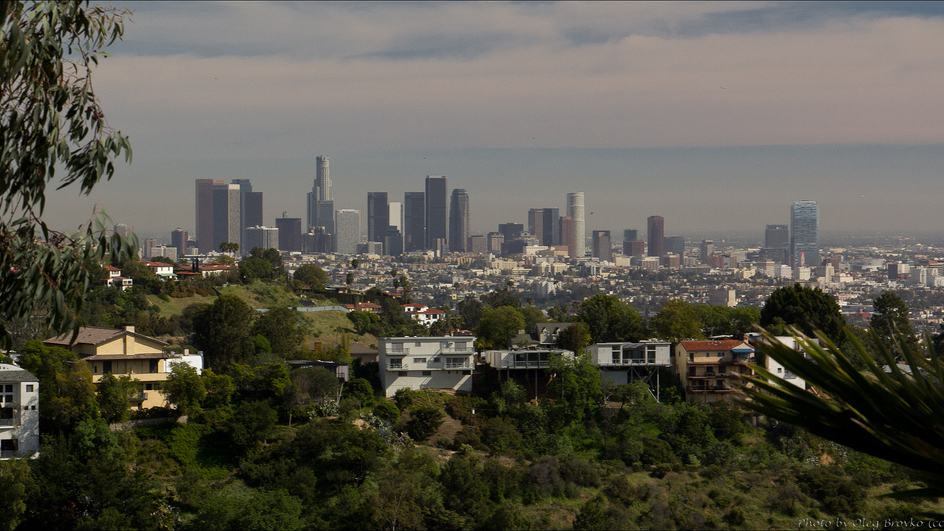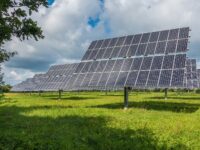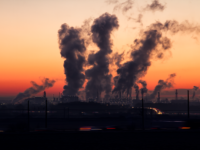According to the UN, approximately half of the world’s population lives in urban areas, with this number projected to grow. It is more essential now than ever to mitigate the toll urban areas have on local climates and environments. Urban areas tend to be significantly hotter than their surroundings due to heat trapping and heat production. This is a result of a variety of flaws inherent to the design of many cities: too little green space, buildings made from non-ideal materials, and increased air pollution and heat production from human activity. As a result of increased heat production and trapping prevalent in cities, urban heat islands form.
A heat island is defined as “an area, volume, or region in which the temperature is higher than that of its surroundings” according to the Encyclopedia of Energy. The heat difference in heat islands is measured among fixed points (for example, the temperature in a rural district outside of a city compared to the temperature at the heart of an urban center). Heat islands are partially a result of the combustion of energy that is inherent to a city: cars, air conditioners, trucks, and the use of machinery, to name a few. To accommodate this added heat, those within urban centers are forced to use more of the machinery such as air conditioners that caused this heat imbalance in the first place.
Heat islands are partially a result of the combustion of energy that is inherent to a city: cars, air conditioners, trucks, and the use of machinery, to name a few.
The use and conversion of energy common in urban areas leads to an increase in air pollutants emitted, which enhances local greenhouse effects. The greenhouse effect is the result of atmospheric gases that essentially act like a blanket around Earth. These gases help to trap heat within the atmosphere and prevent harmful sun rays from reaching Earth. However, issues can arise when local greenhouse gases are abundant in human-occupied areas. For example, in areas with high temperatures, there tends to be an increase in the amount of ozone produced. Atmospheric ozone is generally not harmful to healthy lungs; however, the ozone that results from smog production and pollutants is seriously detrimental to human health. Some effects of breathing in this “bad” ozone are shortened life span, increased risk of lung disease, and worsened or even fatal asthmatic conditions. Those who live within urban microclimates are at a significantly greater risk for developing these conditions because they are more exposed to the pollutants.
Ozone inhalation is just one example of the plethora of health issues that can result from poor urban planning and the increased urbanization and development of microclimate conditions. The imminent environmental and human health impacts of urban microclimates have led to a desire for many industries to seek improvements for the design of these areas.
A 2011 article from researchers at the University of Athens describes and critiques four potential mitigation strategies for urban microclimate areas. One highlighted method of regulating urban heat islands is to use building materials that do not have a high absorbency, referred to as “cool materials.” These cooling materials greatly reduce the temperature of the buildings and help to reduce the demand for electricity that is usually necessary when buildings are made with heat-trapping materials.
Plants are natural canopies, which leads to a decrease in the temperature on the ground and prevents heat from being transferred into local buildings.
Another method of reducing the heat island effect is increasing the green spaces present in urban areas. Plants are natural canopies, which leads to a decrease in the temperature on the ground and prevents heat from being transferred into local buildings. Also, the water evaporating from plants leads to a cooling off of the surrounding environment (in a similar way that sweating cools people off). By expanding and building green space in urban areas, there is an increase in environmental heat sinks which helps to further mitigate the urban heat island effect.
As urban populations continue to grow and urban centers continue to expand, it is more critical than ever to invest in technologies that can mitigate the effects of urban heat islands. The detrimental health effects associated with urban heat islands will continue to compound and worsen if action is not taken immediately.
Energy and Buildings (2013). DOI: 10.1016/j.enbuild.2013.04.014
Building Services Engineering Research and Technology (2011). DOI: 10.1177/0143624410394518







Nice work Anna….
Liz and Scott